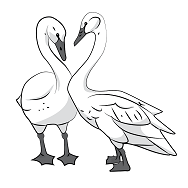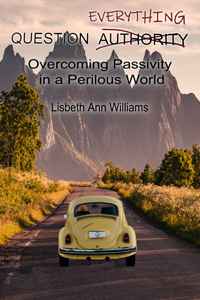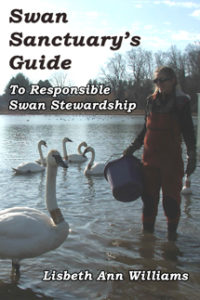- The Importance of Wetlands
Dr. Williams Sladen referred to swans as wetland ambassadors. Wetlands provide a vital component to ecology, as they provide food and breeding grounds for numerous species. One source states that the loss of wetlands is equal to approximately seven football fields every hour! This astronomical loss is due to farming, urban sprawl, and the resulting flooding that occurs during torrential storms. Nearly three quarters of migrating birds and waterfowl depend on wetlands for their survival, and now nearly half of those species are endangered due to loss of this essential habitat. It is only through diligent and committed efforts that we can begin to restore what has been lost. Pond owners who choose to keep swans can assist in the restoration by planting native plants around their ponds and preserving natural areas. The presence of swans attracts other waterfowl. Swans can also be used to control invasive pond weeds since these plants provide the bulk of their diet.
- Captive Swans
Habitat is the most important consideration for those considering swan stewardship. Unlike their wild cousins, captive swans are either pinioned or wing clipped, rendering them flightless. Their inability to fly makes them dependent on their human guardians and greatly diminishes their chances of survival on their own.
Swans are grazers, meaning they must eat every couple of hours. In order to compensate for the limited grazing range of swans in captivity, it is necessary to supplement their diet with corn and/or food pellets, especially during the winter or at other times when naturally occurring SAV (sub-emergent aquatic vegetation) becomes depleted.
Captive swans must also rely on their keepers for maintaining the cleanliness and habitability of their environment. Moldy food and feeders can cause a preliminary fungal infection, which can later develop into a more serious lung infection known as aspergillosis.
It is very important that captive swans have some type of island or raft in the pond so that they have a means to escape predators.
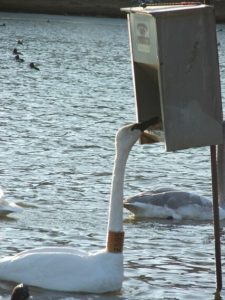
- Habitat Assessment
Following is a list of important considerations for potential swan landlords. A more detailed summary may be found in Swan Sanctuary’s Guide to Responsible Swan Stewardship – Educating One Pond Owner at a Time,
- Riparian Buffer
It is highly recommended that pond owners maintain a 10 to 15 foot area, or more, of un-mowed native grasses around their ponds, and also along streams flowing into their ponds. This will help to reduce runoff and aid in maintaining the purity of the water. Herbicides and pesticides should not be used anywhere near a swan habitat.
- Native Plants
Growing native flora species in and around your pond encourages native fauna and provides food & shelter for a multitude of animal species.
- Fishing
Fishing in a pond where swans are living, is discouraged. The use of lead sinkers is strictly forbidden, as the accidental ingestion of the lead will cause lead poisoning in swans, resulting in a slow and painful death.
- Hunting
Swan owners agree to refrain from hunting on or near a pond inhabited by swans. This would cause undue stress, not to mention the possibility of accidentally shooting the swan. Lead shot is deadly to swans, when inadvertently ingested.
- Dogs
It is recommended that dogs be restricted from any area where swans are kept. Swans will view these animals as they would any other canine predator such as a fox or coyote.
- Rafts or Islands
The placement of an island or a raft is encouraged to provide swans a safe place to escape predators, especially during winter. It should be located in an area of open water.
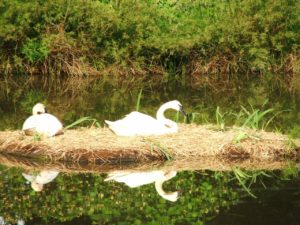
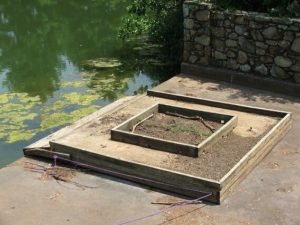
- Aerators, Bubblers or Deicers
It is important to maintain an area of open water in winter for the swans, so the use of some type of deicer must be implemented during months when ponds may freeze over.

